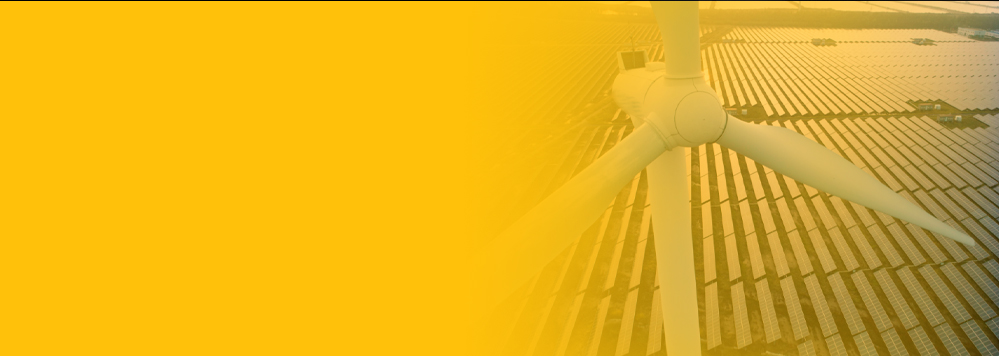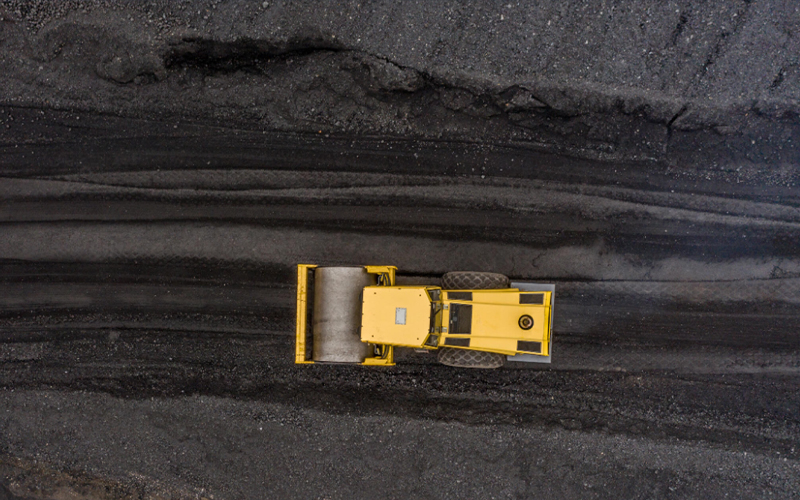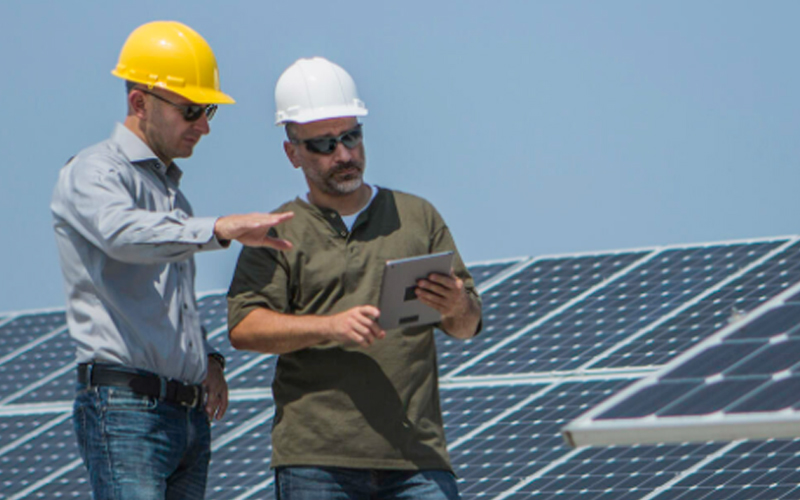In the words of Leonhard Birnbaum, president of Eurelectric and CEO of E.ON, the future of the grid will be led by real-time monitoring and will be extremely digitalised.
In 1964, the Soviet astronomer Nikolai Kardashev proposed a method for classifying civilisations based on their advancements, particularly in energy consumption. Type 1 civilisations harness all the available energy on the planet, utilising all forms like wind, solar, geothermal and nuclear power. Earth is currently estimated to be around 0.73 on the Kardashev scale.
Work, of course, is on to get higher on this scale as we seek to adopt a more sustainable way of living. World over, the objective is to go net-zero, which, according to the United Nations, entails cutting carbon emissions to a small amount of residual emissions which can be absorbed and stored by nature and taking other measures to leave zero carbon dioxide in the atmosphere. Modernising electricity grids to make them safer, more reliable and integrated with sustainable sources of energy is a huge step forward. So is deploying more advanced solutions to store energy.
What’s needed is a fundamental shift in grid design — from a centralised power generation and one-way transmission approach to a more decentralised strategy integrating wind and solar energy, bidirectional power flow, dynamic supply and demand conditions and more.
There is widespread awareness of the immediacy to modernise. In the 29th UN Climate Change Conference announcement in 2024, Utilities for Net Zero Alliance members endorsed commitments to enhance power system storage capacity six-fold by 2030 and to add/revamp 80 million kilometres of grids by 2040.
International Energy Authority (IEA), in a 2023 analysis, quantified the massive scale of grid investment needed globally to meet energy needs. To meet national climate targets, IEA opined investment needs to nearly double by 2030 to over USD 600 billion per year. Reaching national goals as per this target means adding/refurbishing over 80 million kilometres of grids by 2040, the equivalent of the entire current global grid.
IEA’s report models a Grid Delay Case where it demonstrates how insufficient investment may result in 58 gigatonnes higher cumulative CO2 emissions from the power sector by 2050, equivalent to a total of global power sector CO2 emissions from the four years prior to the report’s date in 2023. This would also imply that the rise in global long-term temperature would exceed 1.5°C.
The US Department of Energy released a grid modernisation strategy in 2024 which stresses that electric load could at least double in the next two decades, even as broad sectors of the country’s economy transition away from fossil fuels. The department’s report has established six technical pillars for grid modernisation.
US’ premier National Renewable Energy Laboratory (NREL) has studied the potentially fundamental role of energy storage in maintaining a resilient, flexible and low-carbon US power grid through 2050. In its Storage Futures Study, NREL says that deployment of energy storage has the potential to increase significantly — getting to at least five times today’s capacity by 2050. A key milestone for Long Duration Energy Storage will be reached, as per the report, when renewable energy reaches 60-70% market share in bulk power systems, which many countries aim to reach between 2025 and 2035.
Eurelectric, the leading European electricity industry association, released a report in 2024, which identified five keys to improving Europe’s grids — adaptive regulations, easier permitting, skills, system flexibility and collaboration. The association has also identified critical challenges, including connection demand, digitalisation imperative and integration of renewable sources of energy.
Grid situations in many Asian countries are not very different. China is experiencing explosive growth in energy storage, with 42.37 GW/101.13 GWh of new storage capacity added in 2024 alone, achieving a total of 74 GW/168 GWh, up 130% year over year. The Asian giant has committed record investments: State Grid Corp announced US$88.7 billion investment for 2025, building massive ultra-high voltage (UHV) transmission lines with 38 completed.
India is also aggressively pursuing energy storage deployment with ambitious targets. As of March 2024, it achieved a cumulative installed energy storage capacity of 219.1 MWh, demonstrating its integration of storage with renewable sources.
The Indian government has launched many schemes like Battery Energy Storage Systems to support energy storage deployment, while implementing mandatory co-located energy storage systems with a minimum capacity of two hours (10% of solar capacity) for all future solar tenders. India plans to achieve 50% non-fossil fuel capacity by 2030 and net-zero emissions by 2070. India’s National Smart Grid Mission focuses on modernising distribution networks.
Digitalisation, technology upgradation and renewable energy integration are vital to meet the growing energy needs across the globe. Countries, organisations and energy enterprises are racing to fulfil the demand, overcome challenges and take our civilisation closer to 1 on the Kardashev scale.
how can Infosys BPM help?
As a digital orchestrator building grids of the future, Infosys has developed an ecosystem of partners, including OEMs, startups, hyper-scalers and others, to develop integrated digital solutions and poly-cloud platforms to accelerate grid modernisation programs. Our solutions facilitate integration of diverse energy resources and storage devices and include distribution operations management and energy-as-a-service.







